We recently reviewed the carbon related risks in Energetics’ own systems and supply chain. In calculating the greenhouse gas emissions produced by our IT systems, we came across an interesting issue. A few years ago the calculation of emissions from our IT system would have been straightforward. All our systems were housed in our office, we knew the office energy use, and we could easily calculate our emissions using standard measures of CO2-e per megawatt hour of electricity used.
But this time calculating our emissions was much harder, as we’d moved a chunk of our IT infrastructure to the Cloud. As a small company we could simply assume that emissions from Cloud-based systems were pretty similar to those we previously hosted in-house and leave it at that. But it did get us thinking. How do large companies who move to the Cloud deal with sustainability reporting?


First of all, it makes some compulsory reporting tasks more simple, as it moves the emissions from Scope 2 (indirect emissions associated with electricity consumption) to Scope 3 (indirect emissions or those produced by your supply chain). Mandatory schemes like the National Greenhouse and Energy Reporting Scheme only require reporting of Scope 1 (direct emissions) and Scope 2. Scope 3 reporting is not required or is optional in other forms of sustainability reporting. For many companies, the size of these emissions from IT systems wouldn’t be material, however for companies where IT is a large part of their infrastructure, these emissions matter.
Let’s imagine a large company, a bank for instance, has just turned off its whole data centre with thousands of servers, tonnes of air conditioning and lots of lighting, moving it all to the Cloud. Its Scope 2 emissions will be dramatically reduced, so its reported greenhouse gas emissions by most standard measures will also be dramatically reduced. But most widely used reporting and disclosure standards such as the Global Reporting Initiative (GRI) and CDP strongly encourage the reporting of Scope 3 / supply chain emissions to provide stakeholders with a complete representation of the business’ carbon related impacts. The Greenhouse Gas Protocol Group have published guidance on how to calculate these Scope 3 emissions (see Corporate Value Chain (Scope 3) Accounting and Reporting Standard). The standard doesn’t explicitly cover how to work out Cloud based IT emissions (it probably should in the future) but does say that “the company [ie Energetics] should determine whether the tier 1 supplier [ie Amazon, Microsoft etc] can provide scope 1 and 2 emissions data of sufficient quality relating to the purchased good or service”.
Are emissions lost in the Cloud?
So this is where it gets really hard. It turns out that Cloud providers are notoriously secretive when it comes to their energy use and greenhouse gas emissions. Greenpeace regularly reviews the emissions of Cloud providers and their latest report can be found here, Clicking clean: who is winning the race to build a green internet? The really interesting thing is how much a difference there is between different providers and even different data centres from the same provider. Some companies such as Google and Apple are actively moving to using renewable energy sources and working on the efficiency of their systems, while others are still heavily reliant on traditional power. A server running in a Google data centre is likely to have much lower emissions that the same machine in an Amazon data centre.
So after failing to find any information on the providers’ websites on their energy use per server we searched for any studies or papers on the topic. The only real advice we could find was a 2012 paper by the US NRDC stating that Cloud systems should be more efficient than in-house systems and suggested using data volumes as a proxy for emissions (see The carbon emissions of server computing for small-to-medium-sized organizations: A Performance Study of On-Premise vs. The Cloud). The problem with this approach is that data volume is a terrible proxy for energy use, as you may have 50 servers using 50Gb of data or 1 server using 1000Gb of data. The 50 servers will use far more energy, making data size a really bad way of calculating energy use.
Cloud providers can develop emissions data. More people just need to ask for it
Cloud providers like Google, Amazon AWS and Microsoft can provide us with very detailed information on our service usage, whether it be server time in minutes, data usage or database transactions. We are billed according to this granular information. It should be quite easy for the Cloud providers to simply include an emissions total next to each billing amount. To achieve this the cloud providers would need to measure the emissions per minute for each type of server and for each data centre.
The big benefit to their customers would be that it would provide a really accurate method of reporting their emissions. It would also enable potential customers to compare the likely emissions from different services.
So if anyone from Amazon, Microsoft, Google or any of the other Cloud providers are out there, please provide some visibility of the greenhouse gas emissions of your services! And if you need any help calculating your emissions, you can always call us.



